Homemade Trofie Pasta Recipe
This homemade trofie pasta recipe is a rustic, hand-rolled pasta that’s both fun to make and deeply satisfying to eat. With just two ingredients and no special tools required, it’s a wonderful way to bring people together in the kitchen.
Try it with a batch of my no cook pasta sauce or top it with herbed garlic butter medallions for an unforgettable homemade meal.
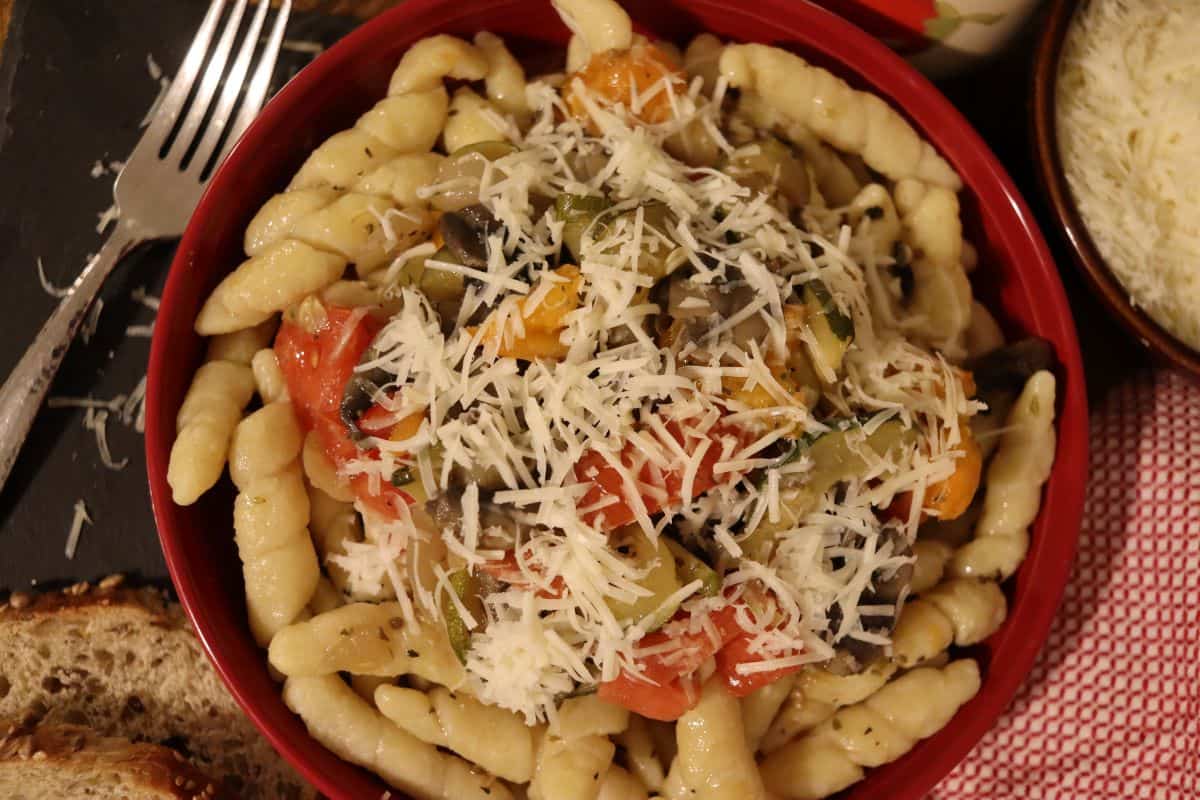
Introduction
There’s something special about making homemade pasta. It’s the kind of project that turns a little time with family or friends into something truly memorable. With just two ingredients and no need for machines, this trofie pasta is one of the simplest hand-rolled varieties you can make.
Its unique shape clings beautifully to sauce, bringing bold flavor to every bite. I love spending a slow living fall evening in the kitchen, hand-rolling a fresh batch — especially when there’s a pot of pumpkin alfredo sauce waiting to be spooned over the top.
Why This Recipe Works
- Homemade pasta always tastes better, because you control the ingredients, the texture, and the overall freshness of the dish.
- Trofie pasta is incredibly simple to make, with just two ingredients and no need for any special tools or equipment.
- Hand-rolling each piece adds a personal touch, that turns the process into a meaningful experience, not just another task.
- The twisted shape holds onto sauce beautifully, so every bite is full of flavor and satisfaction.
- Making it is a great way to slow down, and enjoy the rhythm of a quiet evening in the kitchen, especially when shared with loved ones. Add a second recipe to the evening for an even more memorable meal — my no knead rosemary parmesan bread is an easy choice, and it pairs beautifully with this pasta.
Ingredients Needed To Make This Recipe
To make this recipe, you only need two simple ingredients — no pasta machine required.

- Semolina flour – Semolina flour is made from hard durum wheat and has a high gluten and protein content, which gives it great elasticity — helping the pasta hold its shape during cooking. It has a coarse, grainy texture, a beautiful yellow color, and a rich, nutty flavor that sets it apart from other flours.
See recipe card below for full information on ingredients and quantities.
Variations and Substitutions
- Use all-purpose flour if semolina isn’t available, just keep in mind the pasta will have a softer bite and lose a bit of the chewiness that semolina provides.
- Add a pinch of sea salt to the dough, if you want a touch more flavor built into the pasta itself — it’s subtle, but it makes a difference.
- Pair it with roasted vegetables, and a loaf of rustic no knead bread to round out the meal with comforting, homey flavors that complement the pasta beautifully.
- For a traditional version, add potatoes and green beans, just like they do in Liguria, Italy — which is the regional birthplace of trofie pasta, making this combination is as classic as it gets.
How To Make Homemade Trofie Pasta
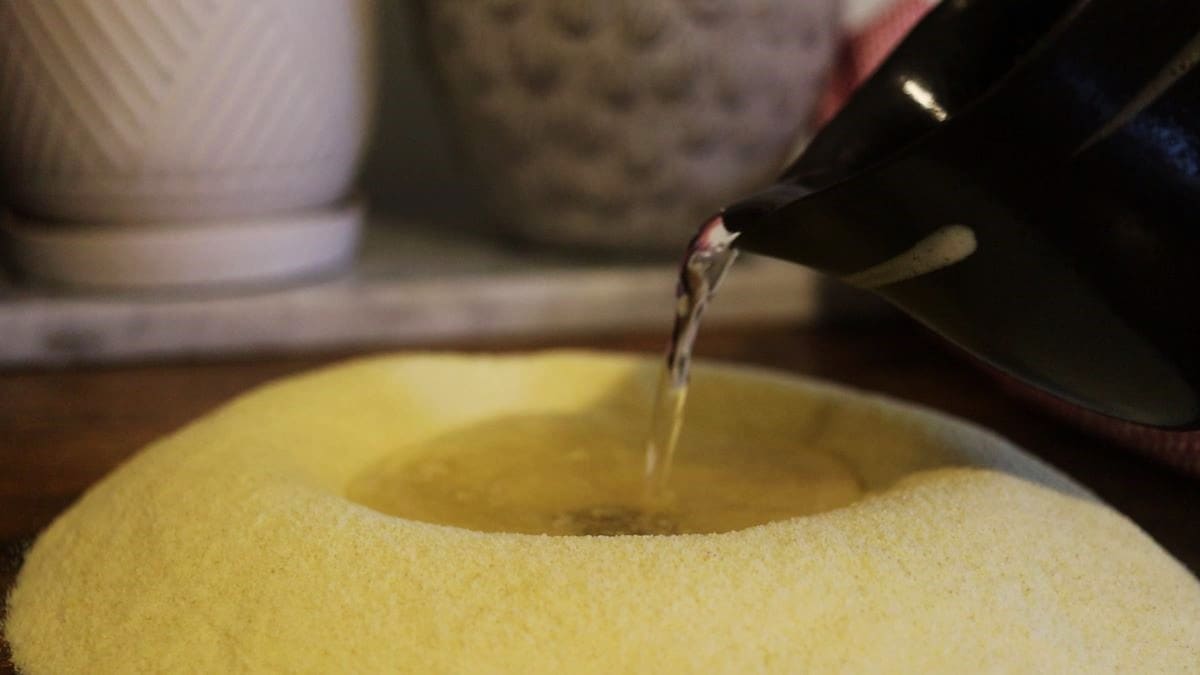

Step 1: On a clean surface, form a mound of semolina flour with a well in the center. Pour the water into the well.
Step 2: Gradually work flour into the water until a dough forms. Knead for 3–4 minutes until smooth.
Would you like to save this post for later?
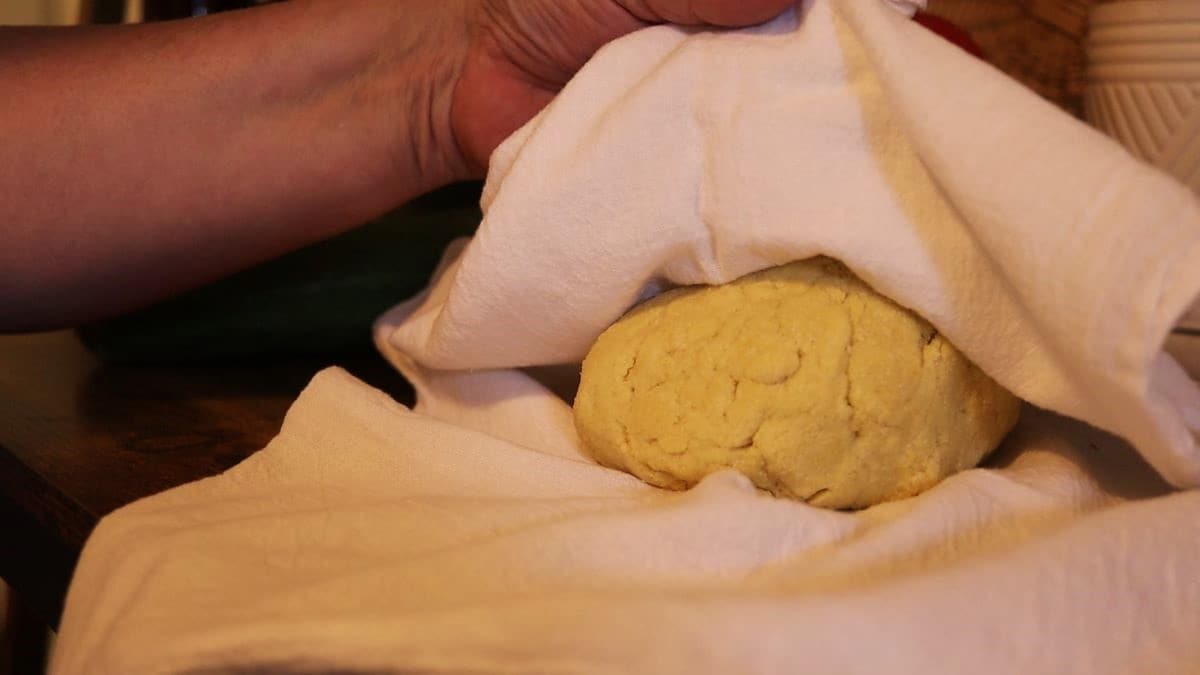
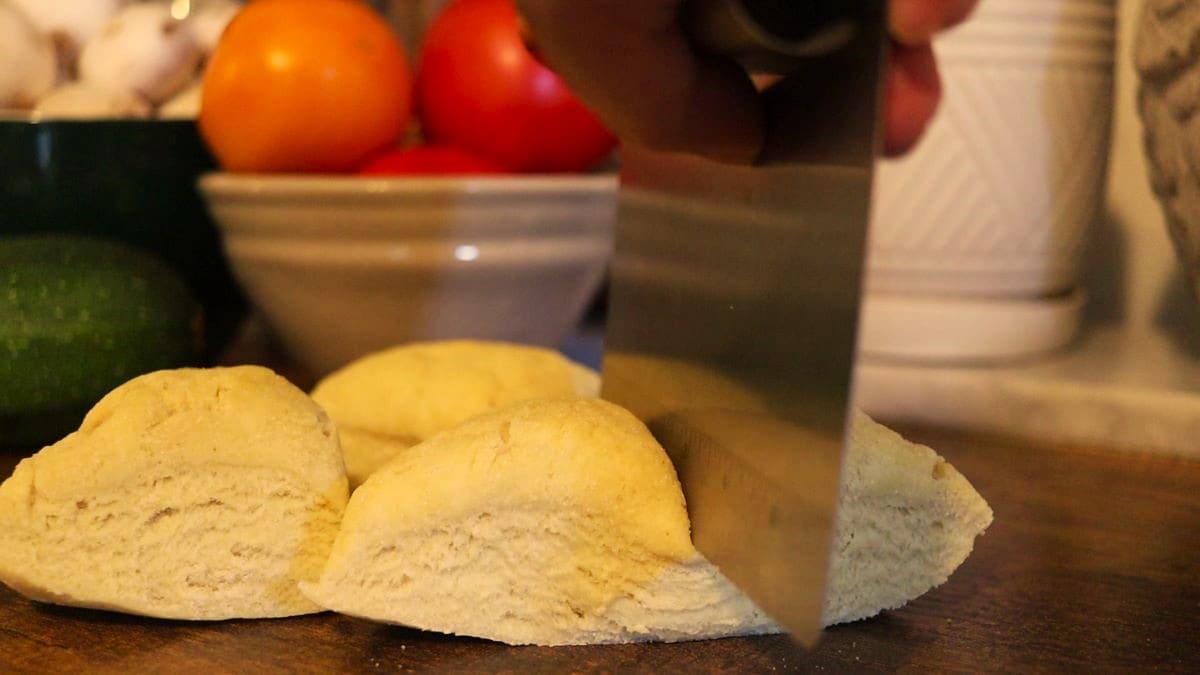
Step 3: Cover with a flour sack towel and let rest for 30–60 minutes.
Step 4: Cut the dough ball into quarters.

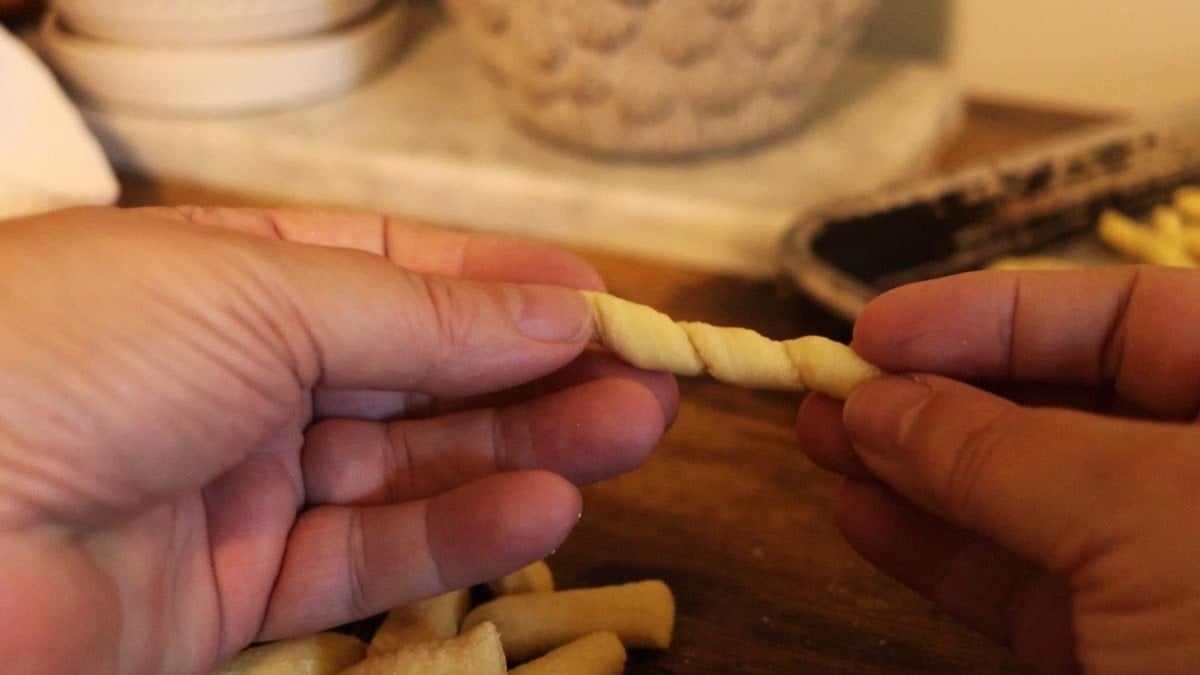
Step 5: Roll the quarters into 1/4″ thick ropes. Slice ropes into 1-inch pieces.
Step 6: Roll each piece between your palms and twist to form the classic shape.
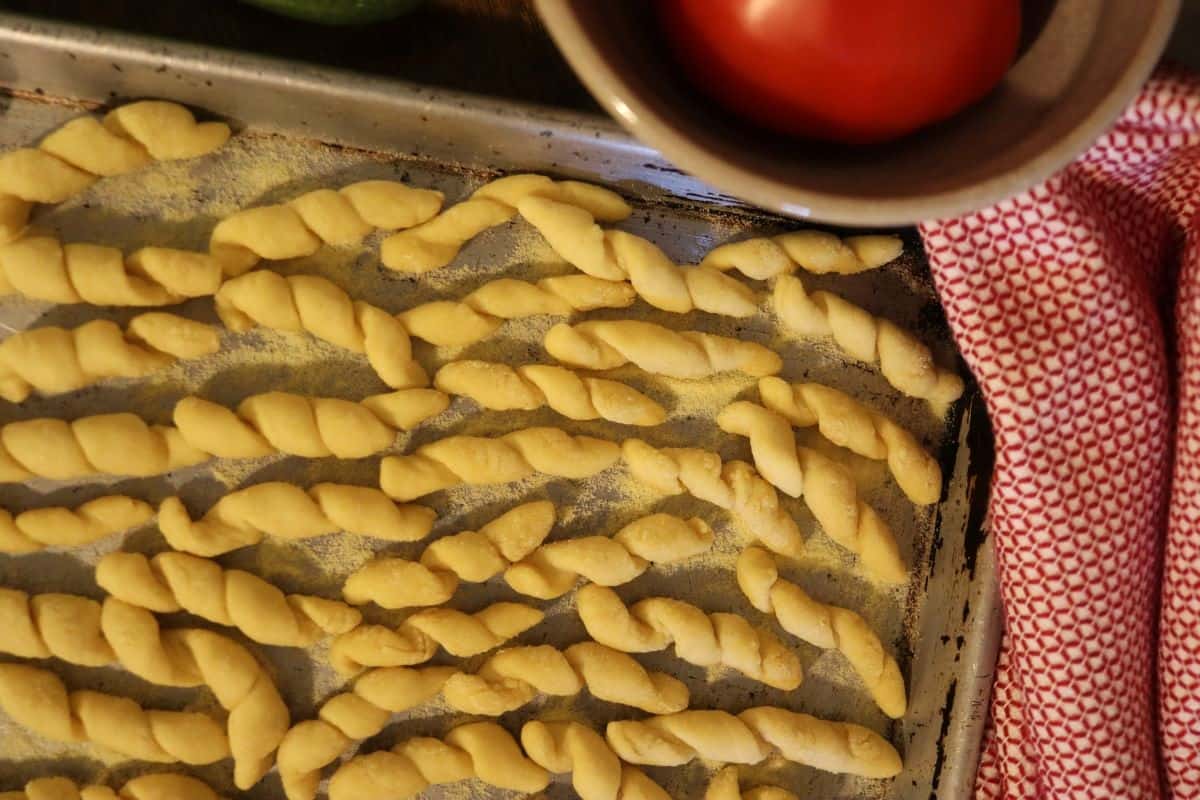
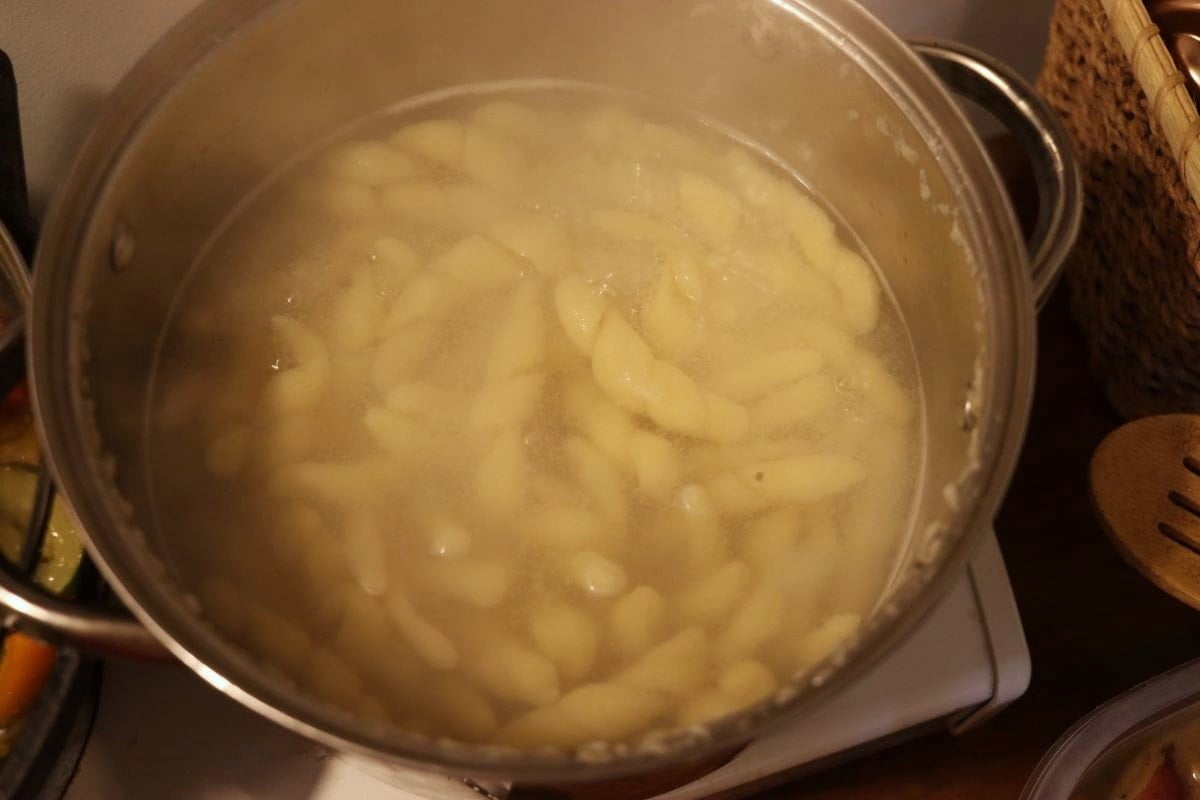
Step 7: Place pasta twists on a tray dusted with semolina and let dry for at least 2–3 hours.
Step 8: Cook in boiling water for 6–8 minutes. Drain and serve with your favorite sauce.
Recipe FAQs
Yes, you can freeze it after shaping. Place the noodles on a parchment-lined tray, freeze solid, then transfer to an airtight container and place in the freezer for up to 3 months.
Yes. Drying helps it keep its shape and prevents it from turning gummy in the pot.
Traditionally, it’s served with pesto, potatoes, and green beans. But it’s also excellent with any one of your favorite pasta sauces.
Yes. The dough can be made up to 2–3 days in advance and stored in the refrigerator until ready to use.
Toss with a little oil and refrigerate for up to one week. Reheat in boiling water for 1 minute to refresh the texture.
Serve
Serve this hand-rolled pasta with a bold, flavorful sauce and a warm loaf of bread for a cozy, satisfying dinner that feels both simple and special. If you’re in the mood for something more traditional, try it with fresh basil pesto, tender green beans, and soft potatoes — the way it’s often enjoyed in Liguria, Italy.
Add a garden fresh vegetable side dish to round out the plate with texture, balance, and variety.

Expert Tips
- Keep the unused dough covered as you work: It dries out faster than you might expect, which can make shaping difficult and uneven.
- Shape the pasta on an unfloured surface: Adding more flour during this stage leads to a dry, crumbly final texture that won’t hold up well when cooked.
- Use a damp cloth to moisten hands or surface as needed: If the dough starts sticking or tearing, a little moisture will help it stay pliable without affecting the texture.
- Allow the pasta to dry for a few hours before boiling: This step is essential for helping the shape hold during cooking and prevents the noodles from falling apart in the water.
- Stick with semolina flour for best results: Its texture and flavor create a superior handmade pasta that cooks evenly and pairs well with a variety of sauces.
- Try other handmade pastas if you enjoy the process: My whole wheat gnocchi recipe is another hands-on favorite that delivers great texture and flavor from scratch.

Homemade Trofie Pasta
Ingredients
- 2 2/3 cups semolina flour
- 3/4 cup water
Instructions
- Create mound: Form a mound with the semolina flour on your countertop.
- Make well: Create a well in the center of the mound.
- Pour water: Pour the water into the well in the flour.
- Blend ingredients: Gradually work the flour from the edges of the mound into the water with your hands until well blended.
- Knead dough: Once mixed, knead the dough for a few minutes until smooth.
- Form dough ball: Shape the dough into a ball.
- Rest dough: Wrap the dough ball in a flour sack towel and let it rest for 30 minutes.
- Divide dough: Divide the dough into quarters, work with one quarter at a time, keeping the other portions covered to prevent drying.
- Roll dough: Roll each quarter into a 1/4" rope on an unfloured surface.
- Cut dough: Cut the roll into 1" segments.
- Shape pasta: Roll each segment between the palms of your hands to achieve the desired thickness.
- Form pasta shapes: Roll each piece into a cylindrical shape.
- Dry pasta: Lay the formed pasta shapes on a floured sheet pan and let them dry uncovered for 2-3 hours.
- Boil water: Bring a large pot of water to a boil.
- Cook pasta: Add the pasta to the boiling water and cook until tender. The cooking time will vary depending on thickness.
- Drain pasta: Strain the pasta from the water.
- Serve: Top as desired and ENJOY!
Notes
- Resting the dough: Allow the dough to rest for 30 minutes to help it relax and become easier to work with.
- Avoid overworking the dough: Knead just until the dough comes together. Overworking it can result in tough pasta.
- Flour the work surface lightly: Use a small amount of flour when rolling out the dough to prevent sticking, but avoid using too much flour.
- Drying the pasta: Let the pasta dry for 2-3 hours to help maintain its shape during cooking.
- Cooking tip: Boil the pasta in a large pot of salted water for better flavor, and cook until tender. Cooking time will vary depending on thickness.


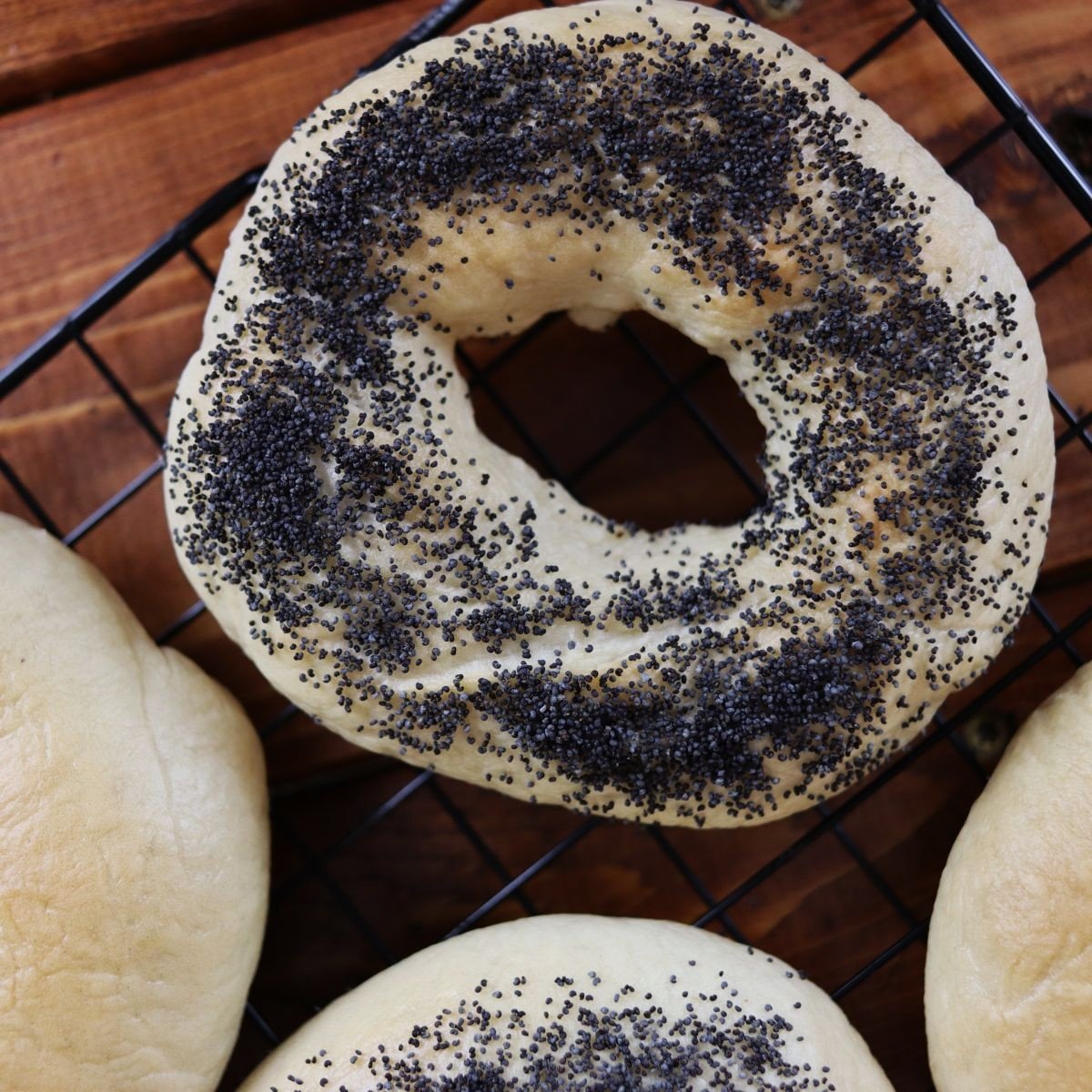
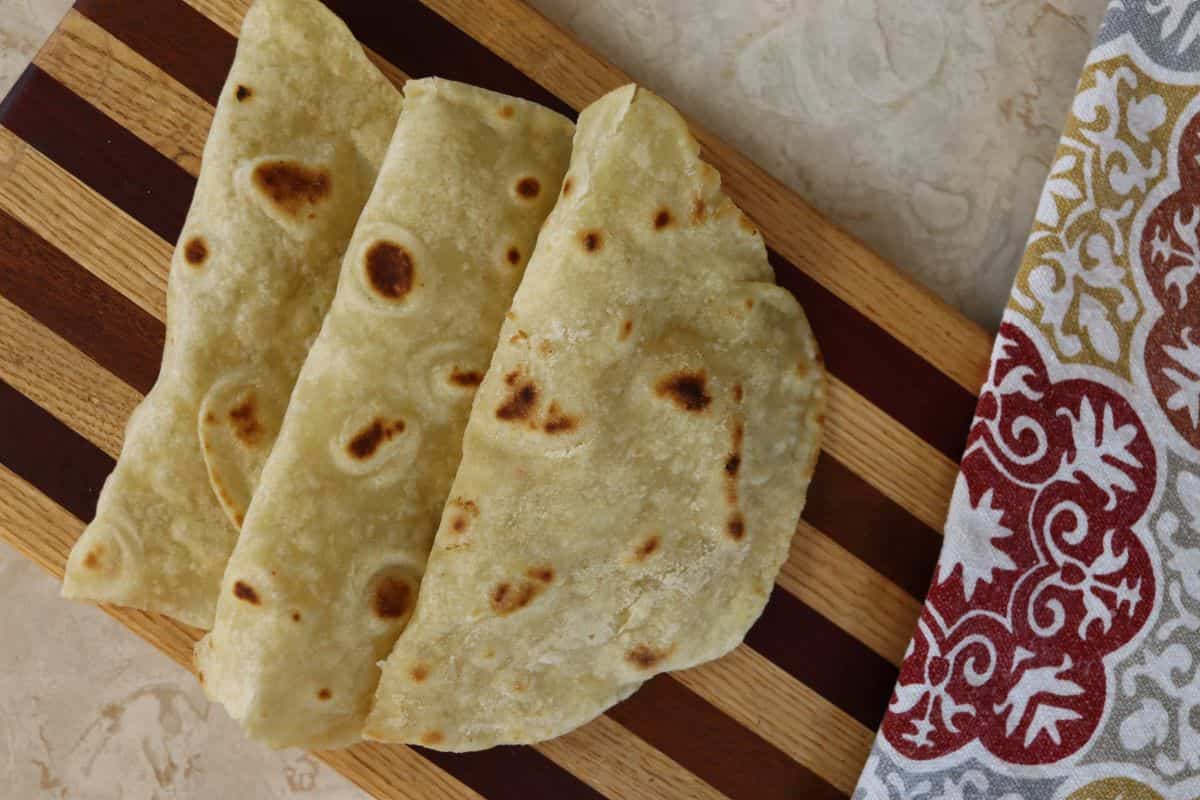
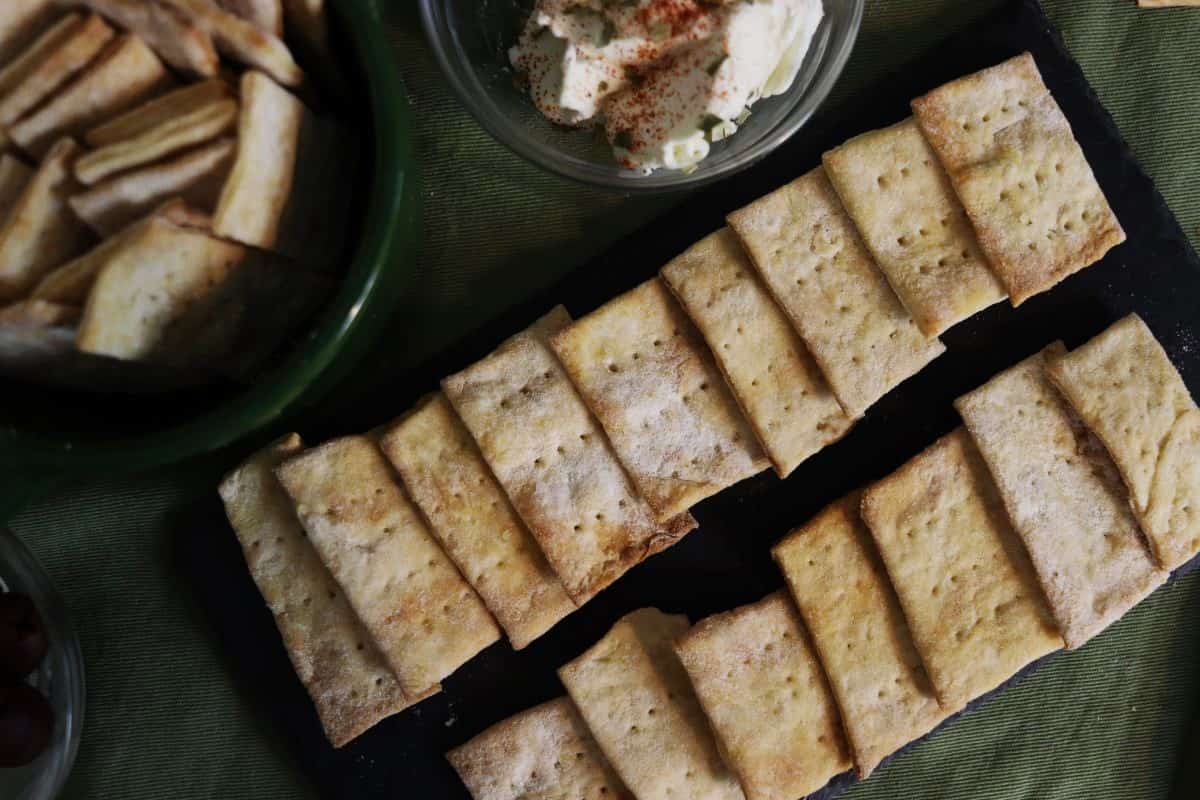

This homemade trofie pasta has the perfect texture and is so fun to make from scratch. It’s a great way to bring authentic, handmade pasta to your table. If you try this recipe, I’d love to hear what you think. Be sure to leave a review and let me know how it turned out for you. If you have any questions, feel free to ask in the comments — I’m happy to help!